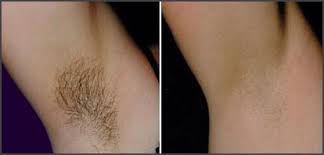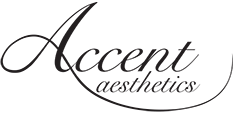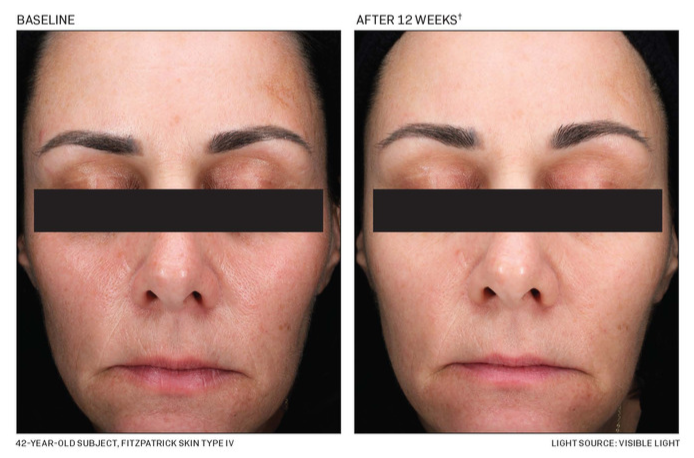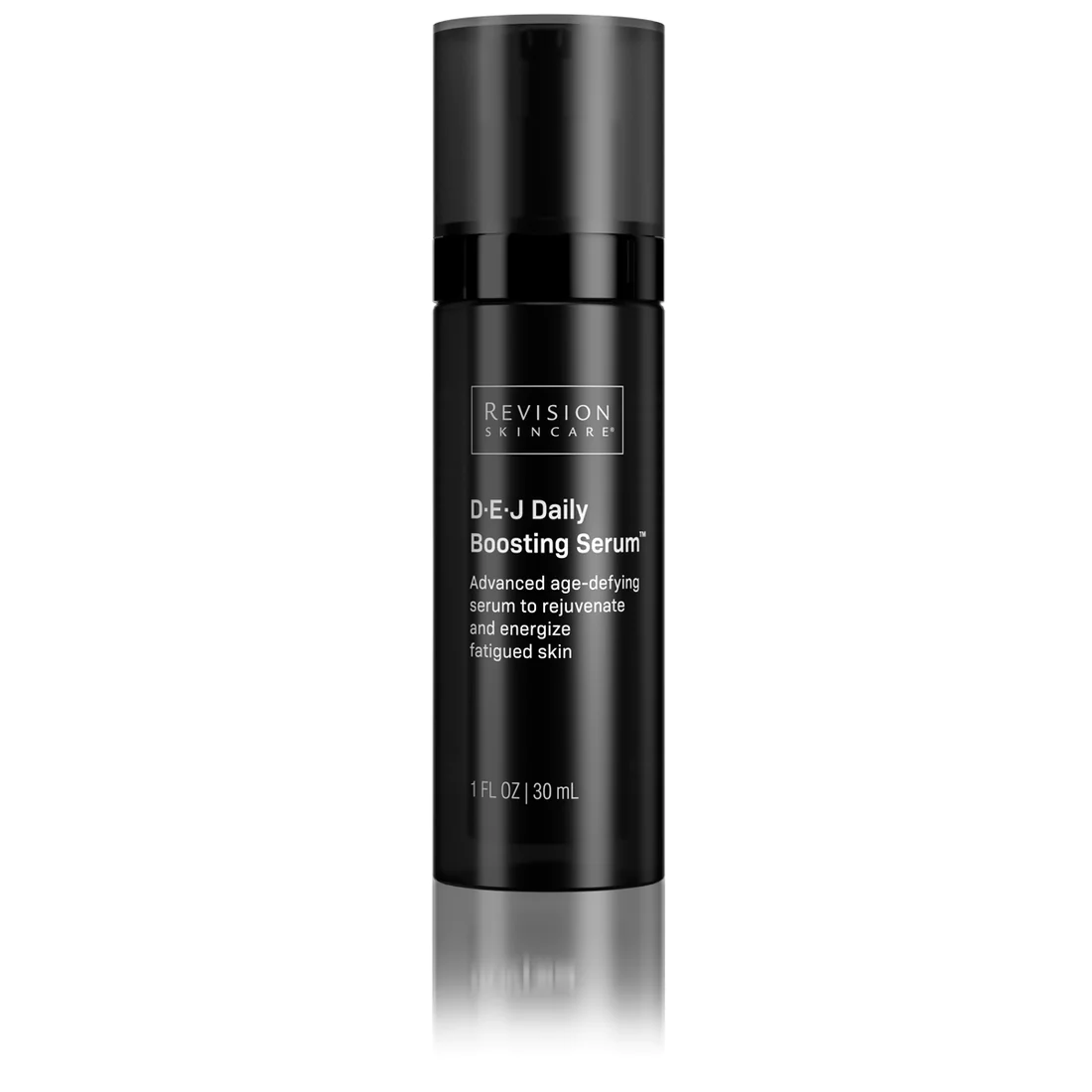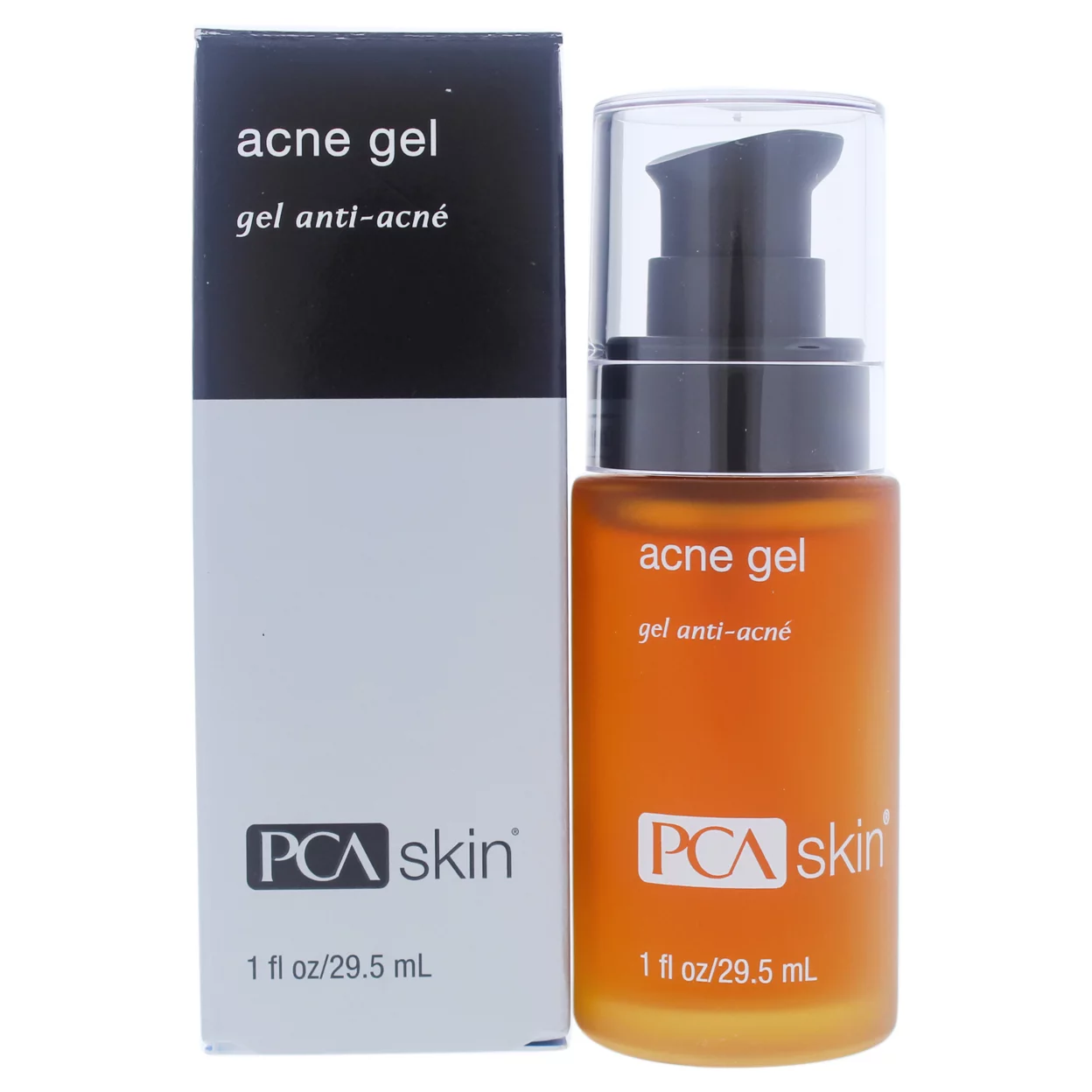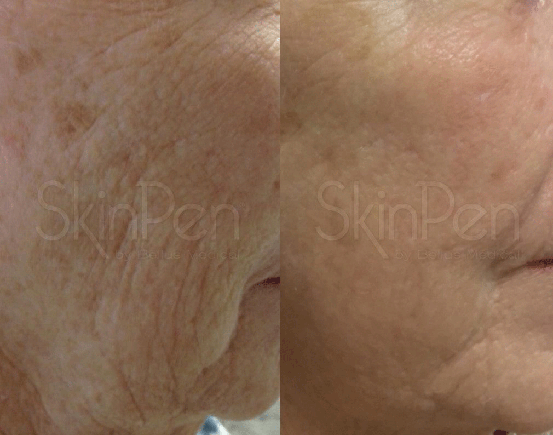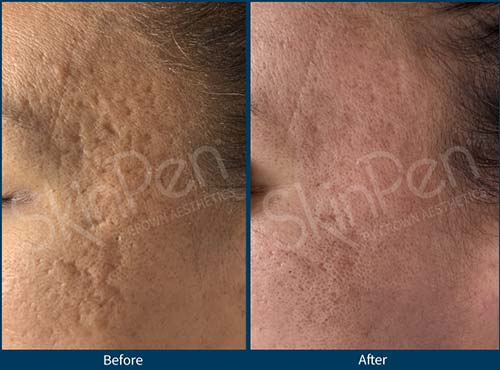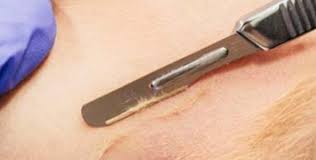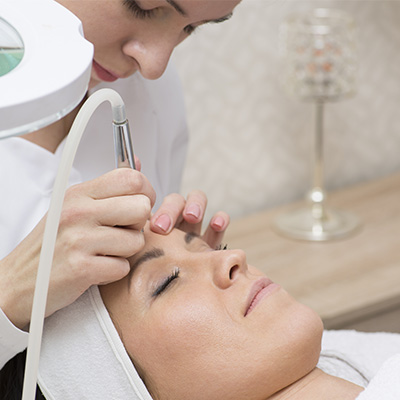Laser Hair Reduction: It’s Time….
The quest for smooth, hair-free skin has led to a variety of hair removal methods, each with its own pros and cons. laser hair reduction
There are many forms of hair removal. Shaving, waxing, sugaring, tweezing, depilatories and laser.
Most of us throughout our lives will try some or all of these methods.
If you are still struggling with unwanted hair, laser hair reduction is the clear choice!
How Laser Hair Reduction Works
The laser sees the pigment in the hair, for this reason hair must be dark in color for the treatments to be successful. Treating blond or white hairs will result in very little reduction if any. The laser sends its heat and energy into the hair shaft, destroying the bond it has with the follicle. As a result the hair detaches and falls out. Over time and a series of treatments, the follicle ceases to grow more hair.
Now because the laser sees color, it must be done in experienced hands. Many skin types have varying levels of color or pigment. If treated incorrectly or too aggressivly, the laser will disperse it’s heat into the skin instead of the hair follicle causing burning, blistering and possible scarring. It is VERY important that you get treated by someone with knowledge and experience with all skin types.
Preparing for Your Laser Treatment
The root of the hairs need to be in the follicle for treatment, therefore do not wax, tweeze or remove the hair root in anyway. The hair should not be above the skin line though, this will result in burning of the hair and possibly the skin. This will place heat in the hair above the skin and not to the root where it is needed for best results. We recommend shaving the day before or day of treatment.
After Laser Hair Reduction
To avoid possible side effects, all patients need to protect their skin from the sun. After laser hair removal, you should avoid direct sunlight from hitting your skin and avoid using tanning beds.
You may see some redness and swelling after treatment. This often looks like a mild sunburn. Applying a cool compress can help reduce your discomfort. We may recommend applying a topical hydrocortisone cream to help reduce any irritation. These side effects are normal and resolve quickly. Most clients are able to return to their daily activities with no downtime
The Results
You will likely see the results immediately after your laser hair reduction treatment. The results vary from patient to patient. The color and thickness of your hair, area treated, type of laser used, and color of your skin all affect the results. You can expect a 10% to 25% reduction in hair after the first treatment.
To remove the hair, most patients need 4 to 8 laser treatments. All of our laser hair packages come in a series of 6. After finishing the treatments, most patients do not see any hair on the treated skin for several months or even years. When the hair regrows, there tends to be less of it. The hairs also tend to be finer and lighter in color.
We recommend follow up treatments a few times a year, especially for more stubborn hair.
laser hair reduction laser hair reduction laser hair reduction laser hair reduction laser hair reduction laser hair reduction laser hair reduction laser hair reduction laser hair reduction laser hair reduction

